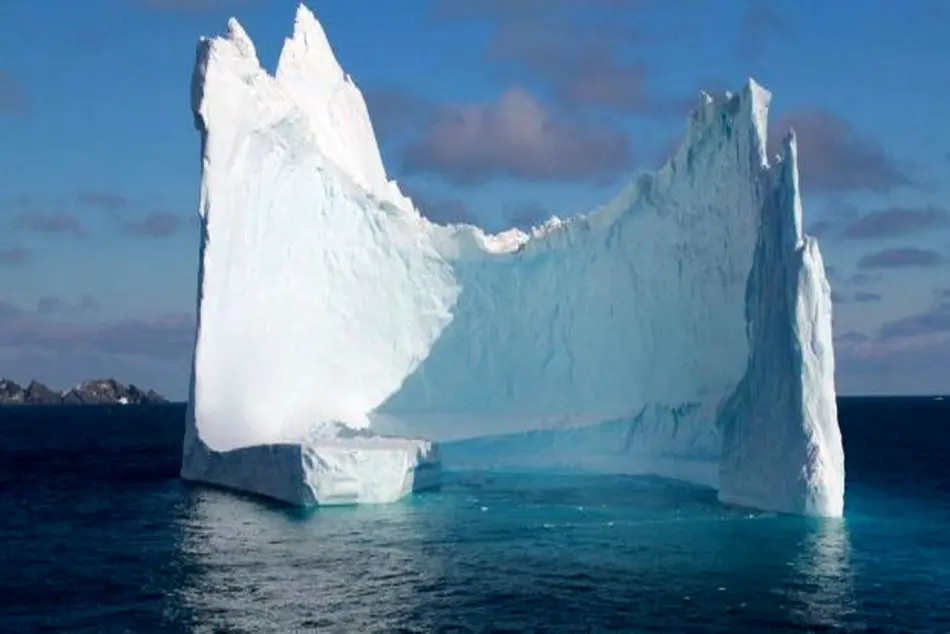Icebergs season started in the North Atlantic

TIN news: Hapag-Lloyd informed that the period of icebergs, drifting out of the Arctic Ocean and into the North Atlantic, starts from April and lasts until August. The authorities recently reported that there are more icebergs this year than usual. The company’s captains keep their vessels south of the drift ice limit, so as to avoid any dangerous collisions.
In the first week of April, the International Ice Patrol operated by the U.S. Coast Guard warned of 450 icebergs, even though the average for this time of year is only a bit above 80. Experts have attributed this year’s higher figure to winds that are pushing the ice south from Greenland, although they also point to global warming as one of the factors speeding up the frequency of ice break-offs.
As it is explained, this is a natural phenomenon, that happens every year within those months. During this season, these massive chunks of ice cross the major shipping routes on the North Atlantic. As it is known that icebergs can harm the ships, the company reminds that distance has to be kept: The only ships coming consciously close to the icebergs are cruisers with iceclass.
American and Canadian authorities mark the drift ice limits on their own maps.
“Our captains carefully analyze the authorities’ information and take it into precise account when planning their routes,” says Captain Axel Werth. “Compared to when the waters are completely free of ice, this can even reach 350 nautical miles when headed to Montreal”.
In addition to containerships, bulk carriers and fishing vessels also bypass the dangerous areas. However, reducing speed, in order to be able to stick closer to the ideal route, is not an option.
“Even if the captain sails more slowly, the problem does not go away, as it is generally hard to spot icebergs, even on the radar,” Werth explains. “As we know, the larger part of the icebergs is located underwater, and you cannot readily gauge their actual dimensions.”
However, safety precautions help avoid catastrophes like the one once suffered by the “Titanic,” which hit an iceberg on the North Atlantic off Newfoundland in 1912. In fact, the sinking of that famous vessel led to the founding of the International Ice Patrol.
